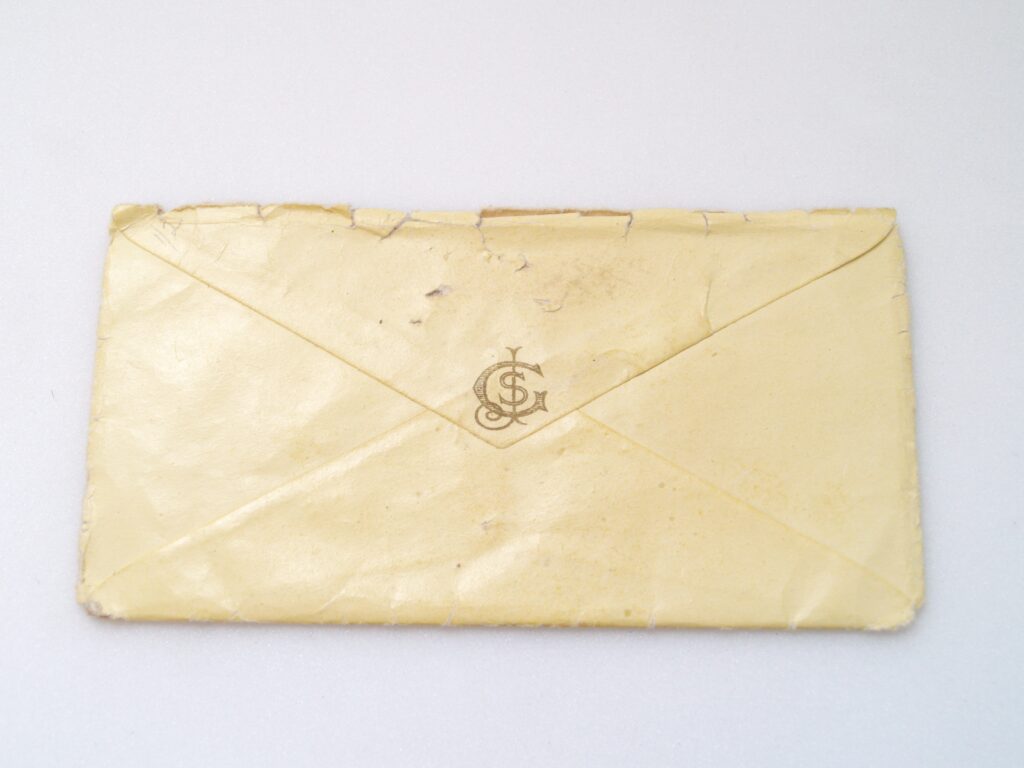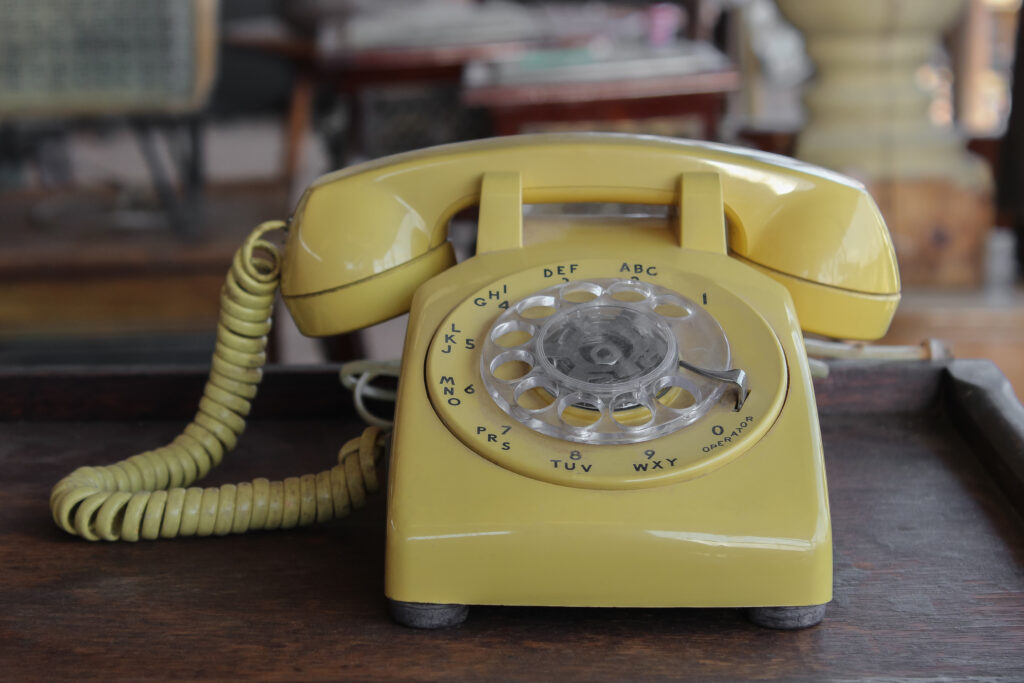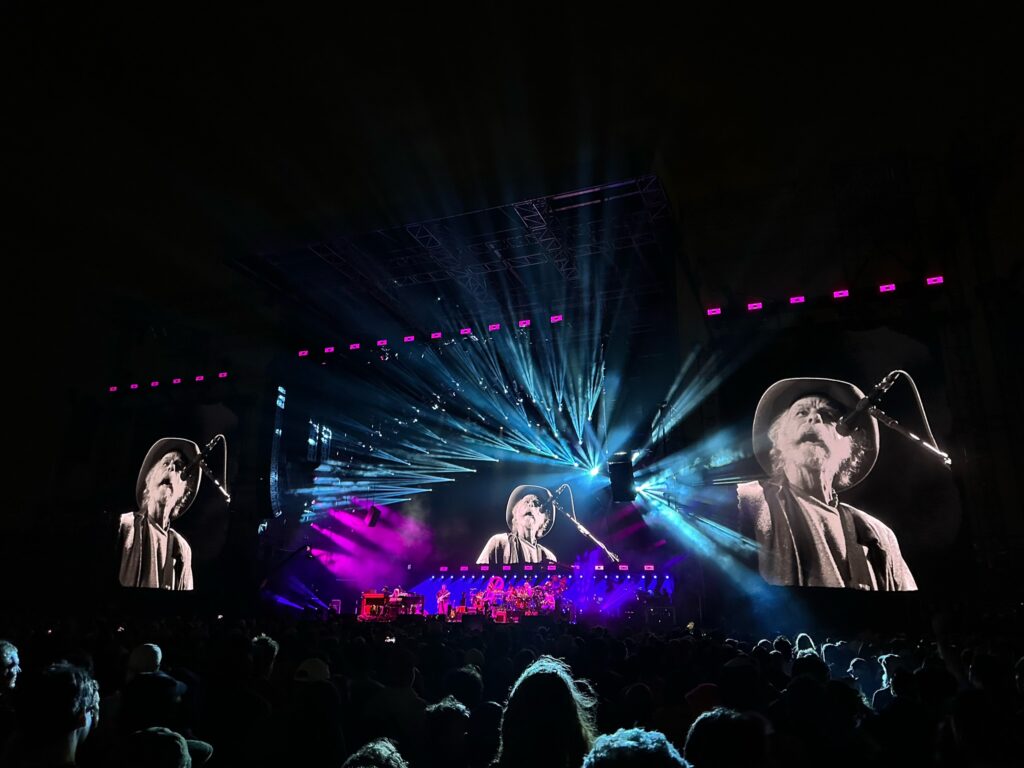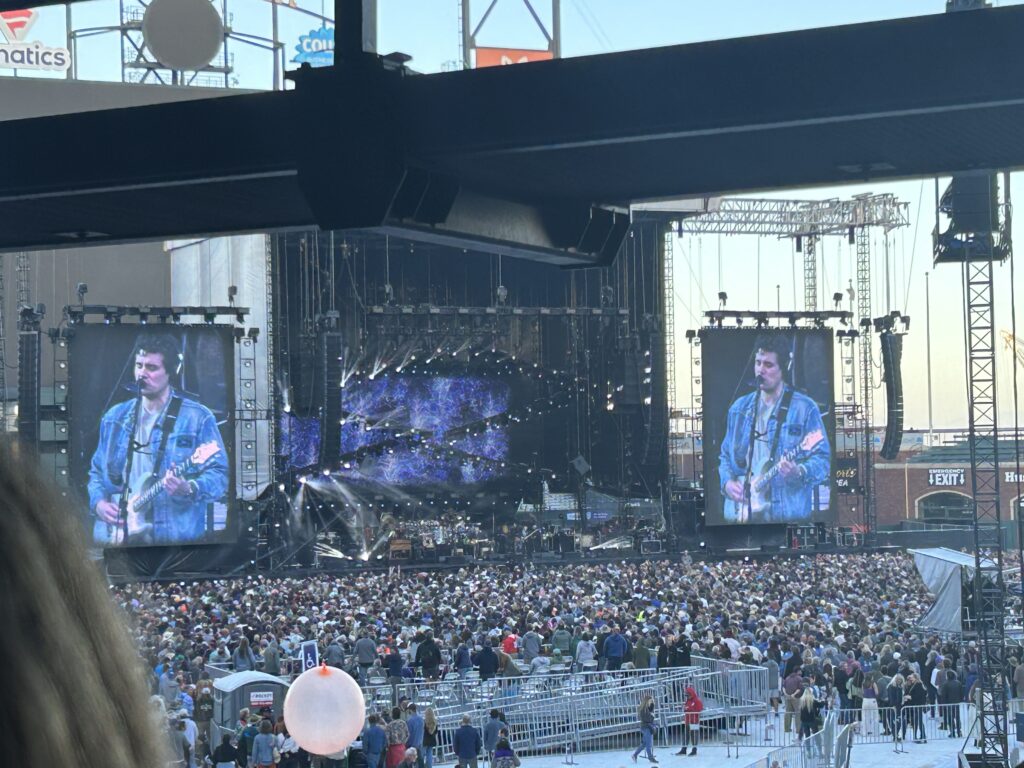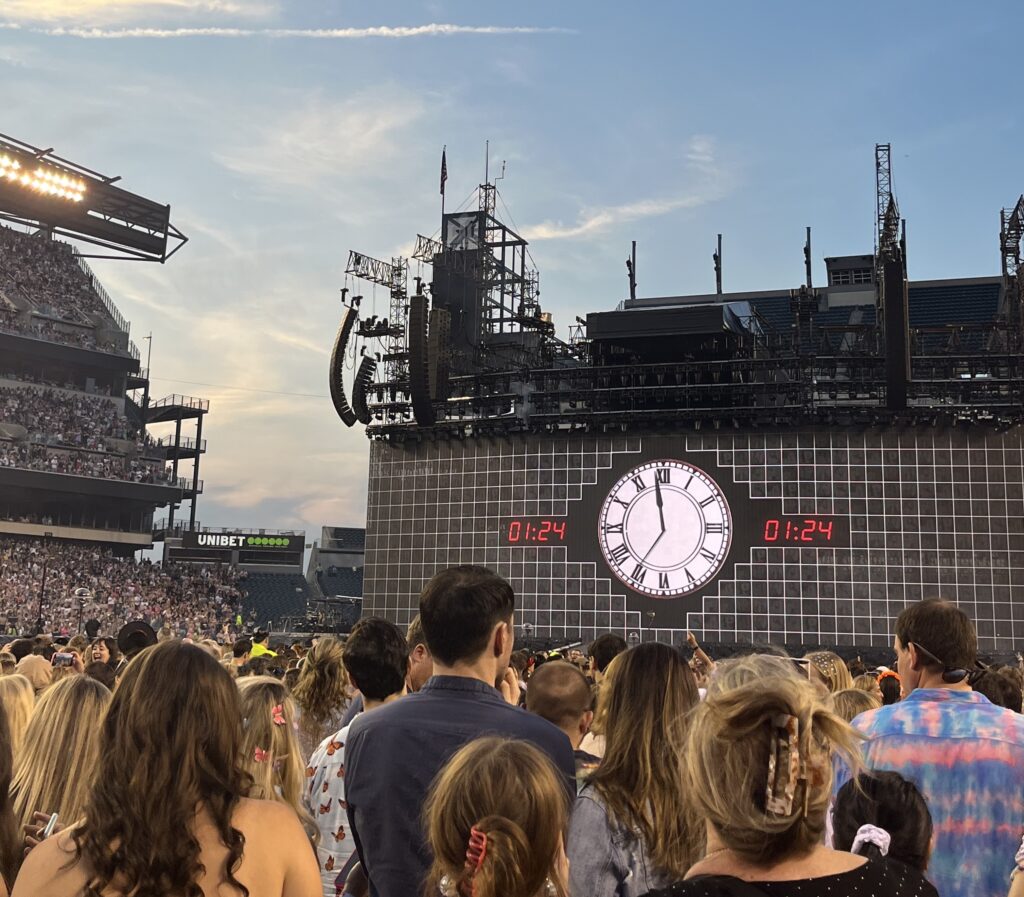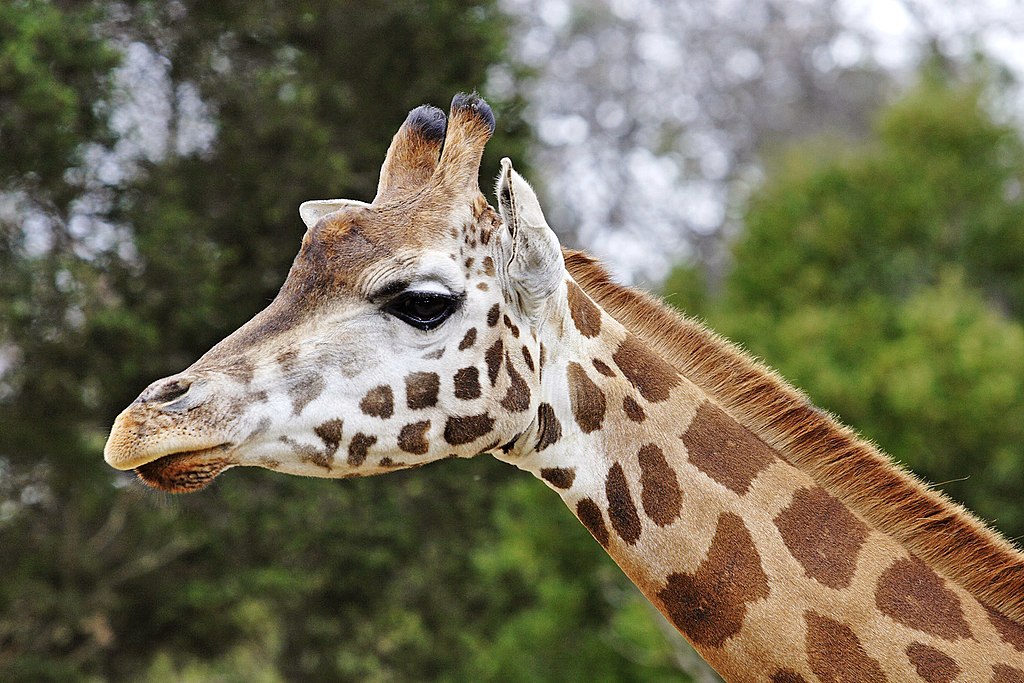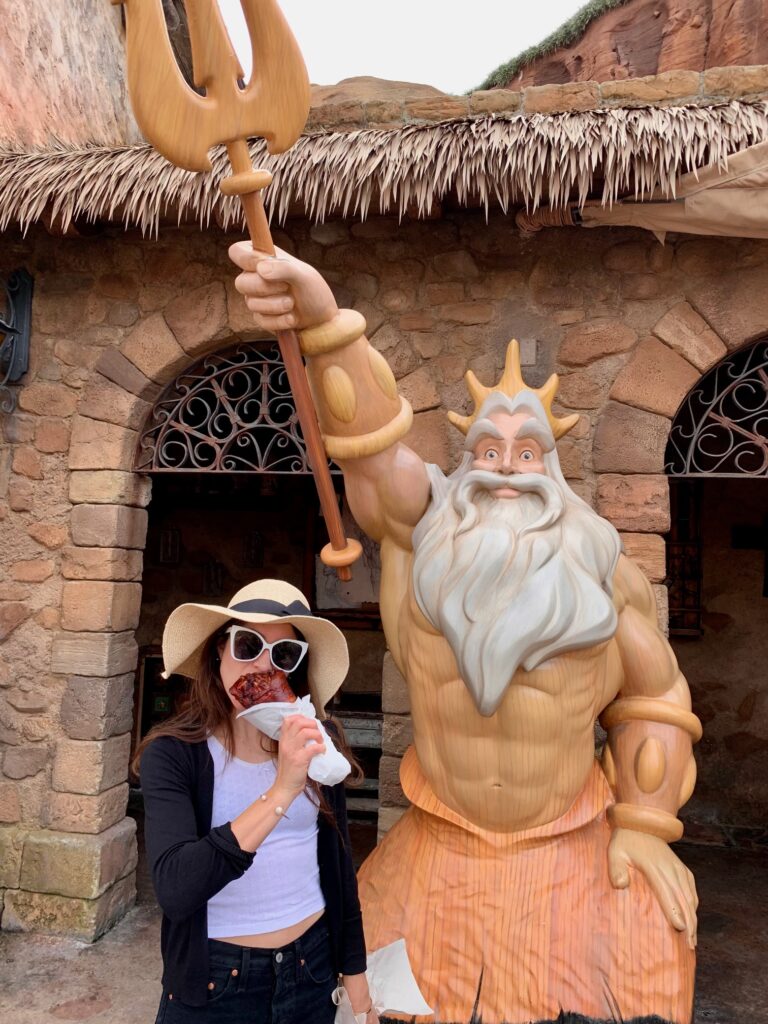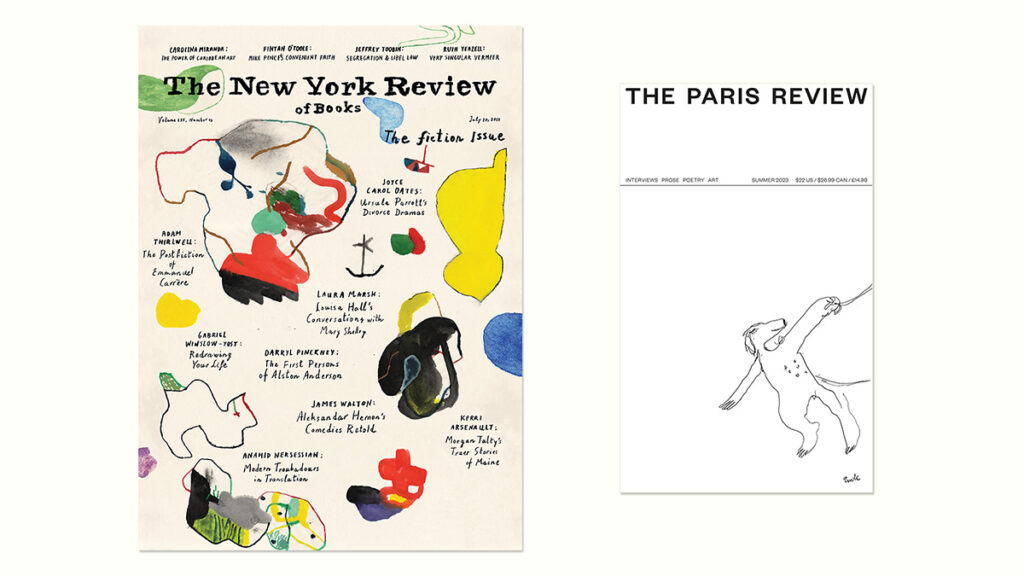This week’s book censorship news post begins with highlighting the results of the author survey on the financial impact they have experienced due to book bans. Because the results were lengthy, that was put into a separate post which is linked here and in the image below. Go dig into those, then come back to this week’s roundup of book censorship news.
Book Censorship News: July 14, 2023
I am paywalled from what is a very important story. Montgomery County, Texas, will be restricting restrict teen access to LGBTQ books and they will add books with conservative themes, whatever that means.
Fascism in action, y’all.Thanks to the new law in Florida,
the school board doesn’t get the final say in book ban decisions. Parents who don’t like whatever decision is made can appeal to a state magistrate because fascism continues to creep closer and closer.Doomed, Dead End, Lucky, Push, and Me and Earl and the Dying Girl are
no longer on shelves in Leon County, Florida, schools thanks to Moms For Liberty.Brookfield High School (CT) is debating this week whether or not to remove This Book Is Gay from shelves.
It’s been checked out a whole two times (story is paywalled for me).Despite calls from some on the Huntington Beach City Council (CA) calling for oversight of books available to kids in the library, no books from the public library have been removed and only five have been challenged over the last five years.
One of those challenges came from one of the Councilors eager to push her right-wing nonsense.“Since January, the board has formed an “Explicit Book Review Committee” that has stopped the library from buying new materials. Around 30 books have also been pulled from shelves in a move that’s become increasingly common around the country as right-wing school boards and local governments attempt to remove materials from libraries.” The Brandywine, Michigan school board continues to pull books that don’t align with their conservative values.
I had not realized they were up to 30.24 books —
all listed in the article — are currently being reviewed at Big Walnut School District (OH) after complaints. The first decision won’t be made until November on Looking For Alaska. I really dislike the Superintendent’s comment here which is so flippant and undermining of young people: “Some people have asked me why can’t we pull the book until the committee makes a recommendation, and again it’s about the process. Our students at Big Walnut are very smart — they remind me of the kids I went to school with. If they knew a book gets pulled whenever it is challenged, I know my friends would have challenged our physics book, our honors geometry book and many others.” It’s clear he has no idea what is really going on here…or he’s in on it.“Gerard Kleinsmith says he hates the idea of censorship. He just wants to pull the lease for the city’s public library because he doesn’t like books about transgender people.” St Marys, Kansas library is under fire again for having books that the city commissioners don’t like.
They did this last year, too.Elsewhere in Kansas, a library director and her assistant were fired this week and there’s a petition to get them reinstated.
Why were they fired, you ask? “Wednesday night, Sterling’s Carnegie Library Director Kari Wheeler was fired, as was her assistant, Brandy Lancaster. The reason the library board gave is that the group lost confidence in Wheeler and Lancaster’s ability to do their jobs. But the recently-fired director and assistant believe there’s more to the board’s decision to take such swift action. One issue Wheeler addressed concerned a display toward the front of the library that addressed diversity and recognized Autism Cares. Wheeler said she was told to take the display down because it feature a rainbow infinity flag.”The Hernando County School Board Meeting (FL) was almost back to normal this time, but don’t worry. A pastor is still mad about
a book he claims tells kids to reevaluate their sexuality (huh?).Washoe County Commission (NV) had its share of complaints about Pride displays and events last month but right now,
right-wingers are mad a right-winger spreading conspiracy theories about the library was not appointed to the board. This is a solid read about how deep the nonsense goes for folks who think this is about one single thing or that the book banners have some logic behind their arguments (it is not and they don’t, but if you’ve been here for the years of coverage, you know that).Speaking of Washoe County, they couldn’t appoint their library board at the last meeting
because of the nonsense.
Here are the first 7 books being discussed for potential removal at Samuels Public Library (VA). Recall this is the one where a pastor got his followers to create a naughty books in the library list and they’ve been threatening to demand funding be pulled (it was partially withheld pending reviews of said books). Again: public library.Let’s Talk About It: The Teen’s Guide to Sex, Relationships, and Being Human
will be moved from the teen section to the adult section in Ketchikan Public Library (AK). This is a decision made by the city council after they voted to keep it where it is, pending the fact it might be a First Amendment violation to move it. Guess that doesn’t matter anymore. This is an example of censorship. Here’s a quote from one of the councilors against moving the book: “I’m incredibly concerned that we’re going to fall down into this rabbit hole. We’re going to have to do this again and again and again. And the city council is somehow going to become the arbiter of what’s appropriate for the books in our library. That is not our role. That is the role of the librarians. That’s why we’ve hired them. That’s their job.”The Bluest Eye is one of the books being
complained about at Elk Grove Unified Schools (CA). “Pastor” comes up a lot here, both for good and less-good reasons.After their Pride display
was dismantled, the Rancho Penasaquitos Library (CA)
revived it. (Potentially paywalled story).
We need more stories highlighting what the nonstop book banning and legislated bigotry are doing to the librarians in these positions.
A worthwhile read from a school librarian in Utah.“The number of people filing complaints and appeals on books in Greeley-Evans schools [CO] represents less than 1% of the total number of voters who participated in a District 6 ballot issue late last year.”
More journalism like this, too, please. The “
culture war” is a fake lead because it is not a culture war. It is a small, minuscule minority creating a lot of nonsense.Stamped will be
put back on shelves in Pickens County Schools (SC).Meanwhile in New Hanover County School District (NC), Stamped was challenged then approved.
That decision is now being appealed.The Old Lyme Public Library (CT) will keep You Know, Sex: Bodies, Gender Puberty and Other Things and Let’s Talk About it: The Teen’s Guide to Sex, Relationships and Being a Human in the teen section of the public library.
Where they belong.Charlotte Mecklenburg Schools (NC)
continues to hear from Moms for Liberty about the need to ban books throughout the district.
Maybe the district should not have invited them for a one-on-one meeting last fall to hear them out. Now Moms think they own the district.“In the waning days of LGBT Pride Month, Clovis City Councilwoman Diane Pearce posted a message on Facebook that she called a ‘public service announcement.’ It warned about LGBT books at the local library.” Here’s your fascism,
once again in California.Remember the time a full-grown adult was attempting to break into school libraries in Iredell-Statesville, North Carolina
to take photos of the books that she claimed were naughty? (Yes, she’s a Moms member). Well, the district is still dealing with this and turns out, they ban books whenever there is as much as a complaint: “Greg Mueller of Mooresville said he appreciated what progress Mimnaugh and others have made in having books removed from schools in Iredell County but questioned the progress. He proposed that any book that was brought into question by parents be removed from schools while it is evaluated. Superintendent Dr. Jeff James said more than 250 books had been asked to be reviewed by adults. He said books are removed during the evaluation process.”
Nice parental grooming of a kid in this one, too.Ludlow School’s board proposed a book ban for the district, and now a Massachusetts senator is
trying to step in and stop it.Picture books are not a new target in the book banning effort — they’ve been a big part of it since the beginning of this particular two+ year endeavor.
But it’s a worthwhile Washington Post piece regardless, if you’re not paywalled.There is a petition trying to get the librarian who put up a June Pride display at the Athens Public Library (TN)
fired from the job.“According to Heger, books like The 57 Bus won’t stop bullying in schools of LGTBQ students, as that is a cultural problem for the school. However, she worries that books like The 57 Bus, which focuses on a non-binary student being set on fire while on a bus and their journey of gender identity, will encourage students to use gender pronouns and potentially identify themselves with the ‘attractive’ LGBTQ lifestyle.” Whether or not The 57 Bus remains a choice book in West Bend High School Junior English classes (WI) will be determined later this month.
The complainer doesn’t have kids in the school and doesn’t think the book should even be a *choice* to read. You know, though, not book banning since kids can get the book on Amazon.The Kite Runner is also under fire in the West Bend School District (WI) and yes,
our parent without kids in the school is involved.Friends of the Caro Library (MI) are helping raise money to protect the board members who are being pushed for recall. Why are they being recalled, you ask?
Because the bigots don’t like that they won’t ban books.After throwing chicken feed at the book review committee, Beaufort County Schools (SC)
might not allow the individual to attend more meetings. I don’t know, y’all. One side is defending the rights of LGBTQ+ and BIPOC folks and the other is throwing chicken feed.“A Columbia County judge has sided with the Columbia County School District saying a parent’s opt-out of the school’s sexual education program does not require schools to keep materials related to sexuality out of the hands of her child.” It’s wild. The “we don’t coparent with the government” contingent expects the “government schools” to parent for them.
This judge says it does not work that way.Moms for Liberty
wants LGBTQ+ books labeled at the Billings Public Library (MT), which is in direct opposition to what libraries do. Libraries do not label beyond (potentially) genre stickers.This is a big deal, given this library’s history, but the Public Library of Enid (OK) will allow
an LGBTQ+ history display in October.Bartholomew County Public Library (IN) did a huge audit of their teen section after fielding complaints about the usual suspects, including demands to move some of the teen books to “more appropriate” sections. Turns out, books are where they should be and oh,
they don’t have enough LGBTQ+ books there, either.A North Carolina county
attempted to take control over their public library. It did not go well, and the reason they wanted to take it over will (absolutely not) shock you: “[C]ommission chairman Jeff Whitson made a motion to begin the process of taking over the library system and making it completely county-operated. He said the purpose was to ensure that there was no bias shown to any religious, political, or ethnic platform. The motion was tabled and sparked a heated debate as many residents believed the motion was in response to the library’s Pride display in June.” (Update:
the motion did not pass!).An update on
our pal Gavin Downing in Kent, Washington, as he prepares for
another school year resisting book bans.Unpregnant will be under review with the Nixa School Board (MO)
once again.
A new bill in North Carolina is a book banner and public school hater’s dream, wherein leaders can be removed easily and librarians can be prosecuted.I am paywalled for this story, and that’s unfortunate since it’s also (what passes for good) news. The Indian Valley Public Library (PA)
will not be defunded over LGBTQ+ books.I had no idea since 2021 that
over 20 books had been banned or censored in the Waukesha School District (WI).Under a new proposal in Hempfield Area Schools (PA),
who cares about expertise? “Potential new books coming into Hempfield Area School District libraries could first be reviewed by the public before going on school shelves.” Cool.It’s not just the U.S. dealing with all of this. In parts of Canada, it’s been brutal, and that’s been especially true in the South Central Regional Library in Manitoba. They’ve dealt with the crisis actors and the city council just found a solution:
appoint some of themselves to the library board to ensure the dirty books aren’t in the kids section. “The City’s resolution instructs their two appointed board members to exert influence as members of the SCRL Board of Directors to create a policy, whereby graphically sexually explicit books be moved from the children’s section to another section of the library as appropriate so that children will not stumble across them, but they remain available to parents who wish to use them as an educational resource.” That’s not how this works.The Oconee County Library Board of Trustees (SC) voted to remove the YA book Flamer from the YA section and move it to the adult section.
That…is still censorship.10 of the 30 folks who showed up at the Yankton, South Dakota, public library board meeting spoke about the library’s Pride month display. Most spoke in favor of it.
Y’all, keep this up.Finally, let’s go back to Canada for a moment. They released their country’s most banned books of 2022 —
noting, too, the largest uptick they’ve seen. Top of the list? Gender Queer. You’ll see some U.S. favorites here and some new ones, sure to start causing crisis preparations from the bigot contingent soon.

